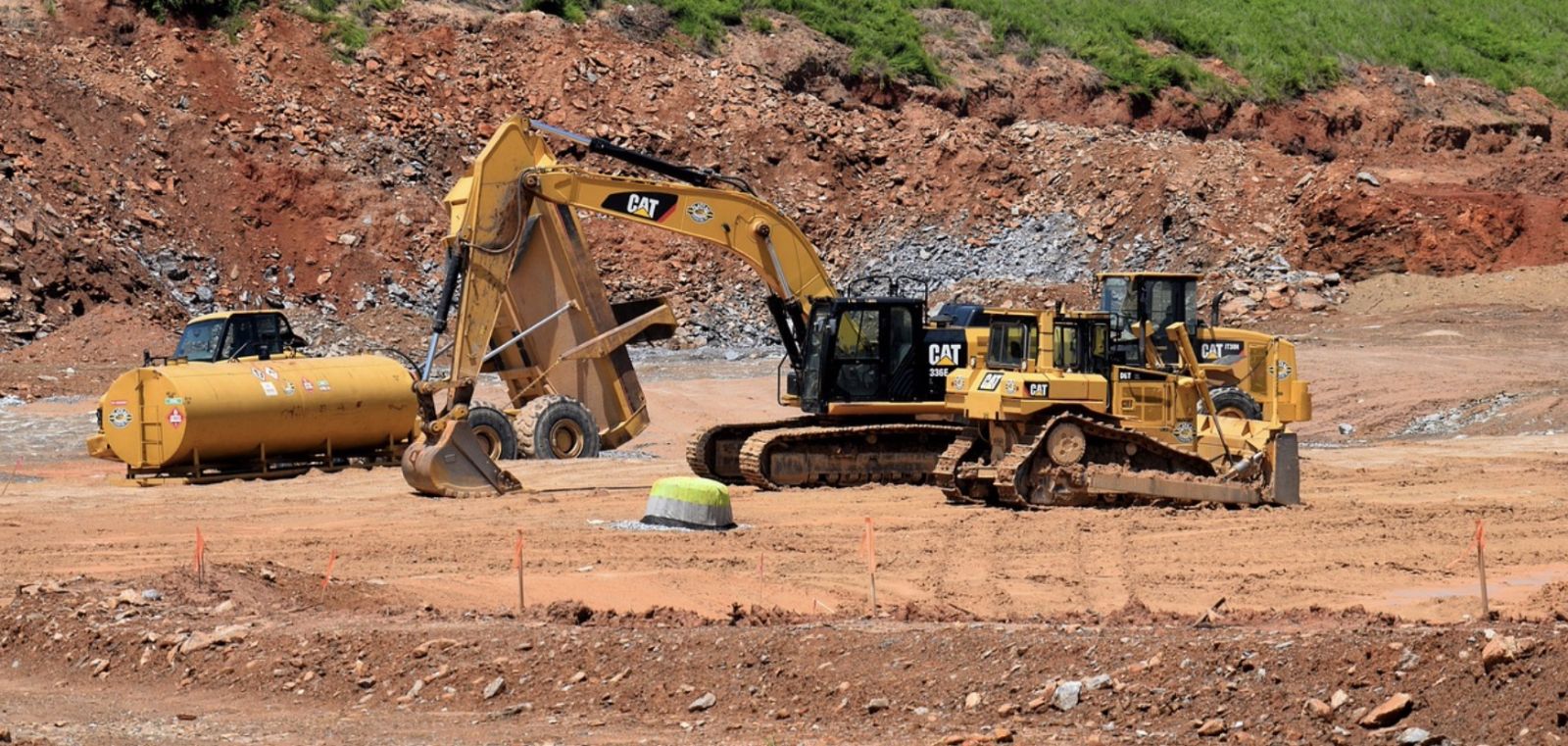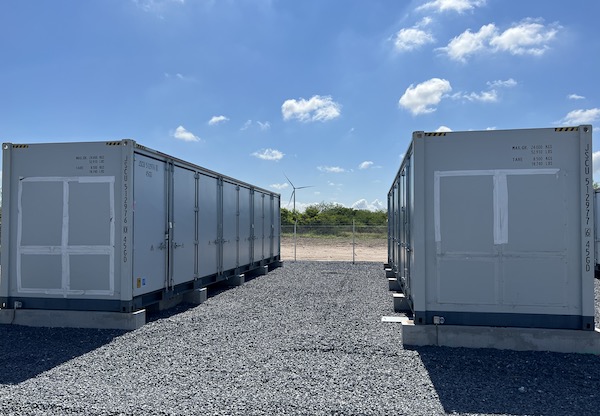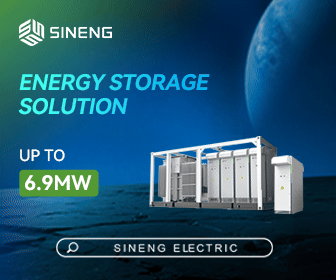New Legislation Points Toward Speedier Builds for Battery Storage Projects
Tucked into the federal legislation passed in early June was a provision that should be of interest to those of us focusing on large battery energy storage system (“BESS”) projects.
The Fiscal Responsibility Act of 2023, signed by President Joe Biden on June 3, included language that streamlines the permitting process for large energy storage projects. As with other types of renewable energy projects, permitting is one of the bottlenecks that slow down development of a BESS sites. The June debt ceiling deal seeks to speed things up by allowing such projects to be covered under an earlier act, the Fixing America's Surface Transportation (FAST) Act of 2015. The FAST Act contains provisions for streamlining the permitting process for a range of construction types. The June debt ceiling legislation ordered that “energy storage” now be among those projects covered in the FAST Act.

The need for BESS is increasing across the US, making streamlining permits essential to meet demand. (Credit: iStock)
The change puts more pressure on permitting agencies to move things along. They don't have an indefinite amount of time to linger while a development languishes.
There are of course, stipulations. Projects must be subject to the National Environmental Policy Act (NEPA), and “likely to require a total investment of more than $200 million.” While the NEPA part is welcome — who wouldn't want a faster process there? — the $200 million condition aligns more with larger projects. Few BESS projects ever exceed that level.
But it does confirm which way the winds are blowing in Washington. More support is coming. Political leaders have gotten the message: Permitting backlogs are one of the biggest impediments to renewable energy deployment today.
Demand for BESS is rising in California, the Southwest, Texas and more recently, the Midwest and Mid-Atlantic regions of the U.S. The streamlining of permits for BESS projects would alleviate bottlenecks that have slowed progress, with implications for society as a whole given the now well-agreed urgency behind deploying renewable energy and energy storage at a wide scale.
Streamlining beyond permits
Speed is the all-important thing on everyone's minds, as developers of BESS sites well know. Smart developers stay on top of their schedule in a number of key ways. These methods should prove all the more valuable in light of the growing political acknowledgment over permitting.
They fall under two broad categories: design and communication.

Designing ahead and communicating often is key to expediting BESS projects beyond permitting.( Credit: iStock)
Design ahead for tight scheduling
Start with design. BESS developers prefer to locate their sites near power plants or substations. A typical BESS structure comprises a number of storage containers packed with batteries. The stacked containers are connected as a unit to the grid.
That sounds simple enough, but there's plenty of room to tighten things up.
- Aim to conduct preliminary and final design simultaneously. During the gap between preliminary design and final design, too often crews sit on their hands while everyone awaits feedback from government agencies, local officials, or developers themselves. But the gap can be narrowed quite a bit based on past experience and anticipating all potential outcomes. Do the research. Understand the AHJ, the utilities, and all aspects of the approval process simultaneously. The potential to anticipate demands increases if any of the parties have worked together before. It's worth noting a subtle (and frequently overlooked) point here: Just because one builder or developer has previously worked with the same developer or builder, doesn't mean they worked with the same people. A gold mine of institutional knowledge may be hiding in the shadows. Talk to the crews with the experience.
- Establish standards. BESS developers don't just build one site and call it day. They have a pipeline of projects. It's possible to create developer-specific standards based on the conditions, limitations, and needs common to the projects. If a developer only has access to certain types of equipment or wants all sites laid out in a certain way, these factors can be used to build a template for all the sites. For a company that's building 30 sites, the time savings can be considerable. Thinking this way can quicken the pace from first design through the approval process and all the way to the final connection. Again, it's worth noting that different crews may be involved across these projects. Higher-level coordination is needed.
- Develop infrastructure designs that speed construction. The more remote the site, the greater the challenges related to the typical delivery of building materials and/or equipment. Consider innovative ways to counterbalance the lack of easy access to materials or additional equipment through strategies like pouring slabs offsite and delivering complete foundations.
- Commission batteries beforehand. Where possible, commission as much of the battery offsite prior to interconnection. Some commissioning items may require review twice. However, when the containerized battery arrives at the site, there may be a time advantage or issue already known that you are in better shape to address.

Developing infrastructure designs that facilitate faster construction speeds up project completion (Credit: Bowman)
Communicate early and often
Each situation comes with its own set of idiosyncrasies. Plan to communicate from the outset.
- Grid operators are overwhelmed with connection applications. And typically, there is no standard design that adheres to all utilities and transmission managers. Don't assume the same solutions in one place will work in another. Get involved with the utility early on, and meet with their people in person.
- Similarly, the local fire marshal’s interests and requirements can vary from town to town and county to county. Fire protection requirements are not standardized across jurisdictions. Meet with fire and code officials early to avoid surprises.
Thinking and planning ahead helps create the speed you need to capitalize in this market
Dan Swayze is Executive Vice President of Energy Services at Bowman, an engineering services firm delivering infrastructure solutions to customers who own, develop, and maintain the built environment. Dan has over 25 years of experience in consulting engineering, having served in a number of leadership roles related to renewable energy and energy efficiency. He currently works with Bowman's full-service BESS team to support developers who have aggressive implementation schedules.
Bowman | bowman.com
Author: Dan Swayze
Volume: 2023 September/October









